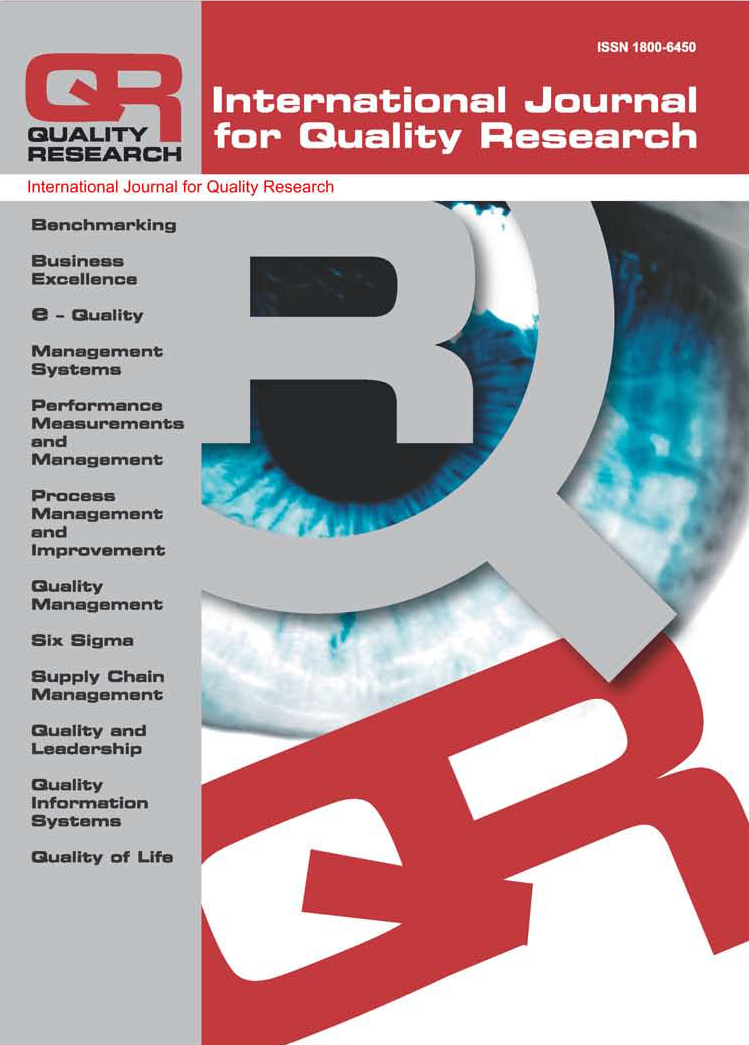ANTHROPOGENIC EFFECTS ON SOIL MICROMYCETES
Dragutin A. Djukic, Leka G. Mandic, Vesna Sumanov, Svetlana Raketic
Abstract: This paper is a synthesis of long-term investigations based on the effect of different (mineral and organic fertilisers, heavy metals, contaminated irrigation water, nitrification inhibitor and detergents) on the dynamics of soil fungi number. The investigations were performed at the Microbiology Department and trial fields of the Faculty of Agronomy in Cacak on smonitza and alluvium soils in field and greenhouse conditions. Maize, wheat, barley and red clover were used as test plants in these studies. The quantitative composition of the fungi in the soils investigated was determined by the Czapek selective agar dilution method. The study results show that the number of soil fungi was dependent on the type and rate of agrochemicals used, on the growing season and the soil zone the samples were taken from for the analysis. Lower nitrogen fertiliser rates (80 and 120 kg?ha-1) and organic fertilisers stimulated the development of soil fungi, unlike the rate of 150 kg?ha- 1. Heavy metals, mercury and cadmium in particular, as well as high rates of the N-serve nitrification inhibitor inhibited the development of this group of soil microorganisms. Generally, the adverse effect of contaminated irrigation water on the soil fungi was recorded in both soil types, and particularly in the smonitza under red clover. Low detergent (Meril) concentrations did not have any significant effect on this group of microorganisms. In this respect, it can be concluded that the soil fungi number dynamics can be used in monitoring soils polluted by different toxinogenic substances.
Keywords: contaminated irrigation water, detergents, fungi, heavy metals, mineral fertilisers, nitrification inhibitor, organic fertilisers
DOI:
Recieved: 19.06.2007 Accepted: 23.08.2007 UDC: 504.61:631.461
Reads: 1511 







